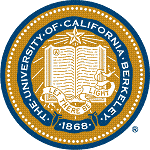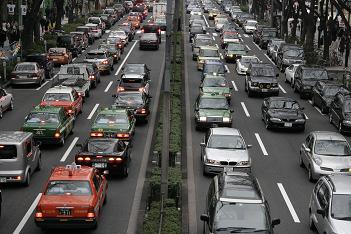« ORESTE » is an Associate Team between INRIA project-team ACUMES (formerly OPALE) and the Berkeley University team Connected Corridors (formerly Mobile Millennium), funded from 2012 to 2014, renewed from 2015 to 2017.
News
1st November 2017 | Author:Admin
Research activity report for 2017 now online!
15th November 2016 | Author:Admin
Research activity report for 2016 now online!
23rd October 2015 | Author:Admin
Research activity report for 2015 now online!
17th October 2014 | Author:Admin
Research activity report for 2014 now online!
12th November 2013 | Author:Admin
Research activity report for 2013 now online!
25th October 2012 | Author:Admin
Announcement: Workshop TRAM2 - Traffic Modeling and Management: Trends and Perspectives on March 20-22, 2013, at INRIA Sophia Antipolis.
24th October 2012 | Author:Admin
Research activity report for 2012 now online!
14th May 2012 | Author:Admin
Presentation of the team at Inria@Silicon Valley on May 21-22, 2012.
Project description
Research project
The problem of road traffic, and its effects on pollution, time-consumption and their social and economical consequences, requires an accurate policy and planning of road networks. The recent advances in technology and Internet can provide low-cost and reliable solutions to the collection of traffic data. GPS-equipped mobile devices can contribute to reduce traffic and the amount of time spent on the road by providing more accurate sources of travel information. Traffic management via GPS data requires the construction of traffic models capable of integrating measurements from GPS enabled smart-phones and the creation of phase transition models capable of handling the dispersion of traffic behavior in congested regimes.
Finally, the creation of the corresponding Godunov schemes to compute numerical solutions allows monitoring traffic evolution and solving traffic flow optimization problems. Together, the two teams will tackle a problem that has become fundamental in congested areas: flow reroutes. The problem formulation is as follows: "what is an optimal reroute strategy for some of the highway traffic flow into the secondary network, to decongest the freeways, without congesting the arterials?" This problem is extremely hard to solve in a continuous setting (it will involve optimal control strategies for networks of hyperbolic partial differential equations networked by weak boundary conditions, for which existence and uniqueness of solutions is still an open problem). Therefore, the Associated Team will approach the problem from a discrete (numerical) standpoint, to provide constructive results (in a discrete setting), which can be implemented in practice.




 Menu
Menu See also
See also Contact
Contact